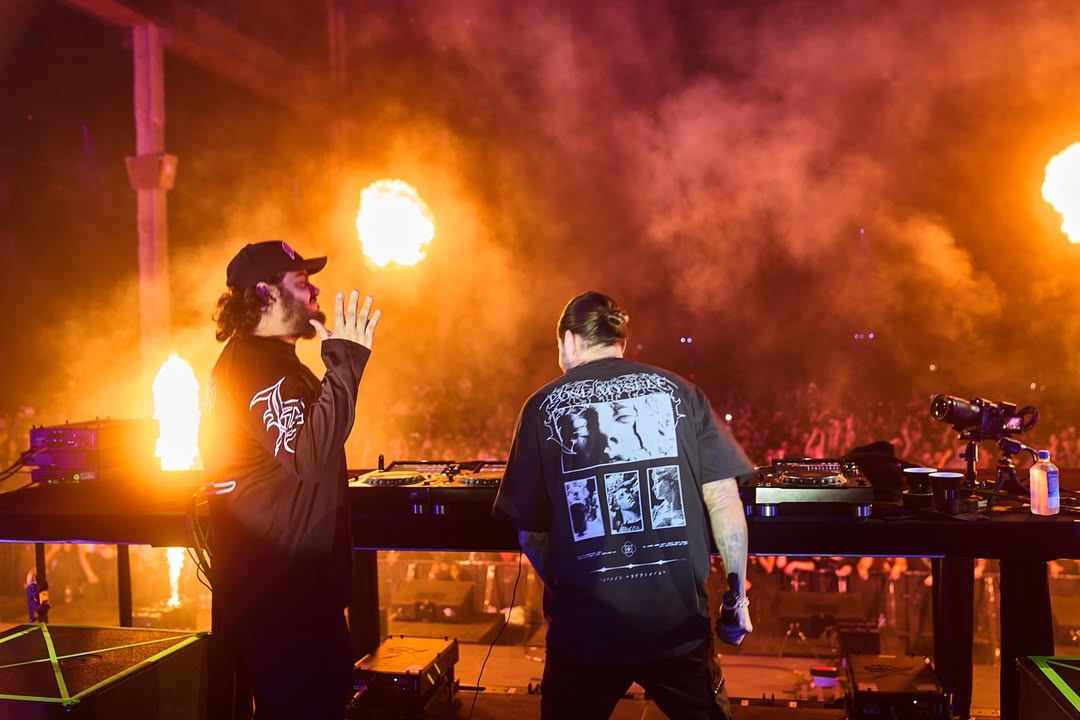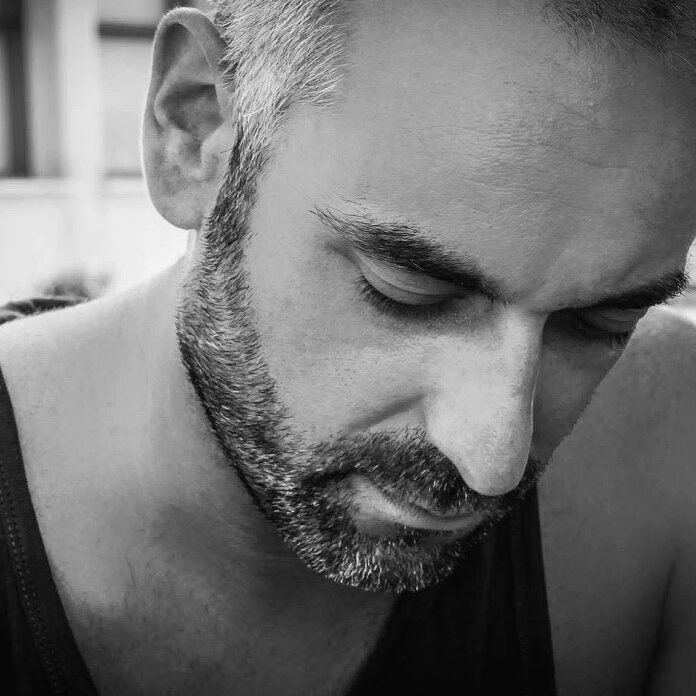When Jim Henson started work on The Dark Crystal, he initially had the Skeksis speak in their own alien language. This was deemed too confusing by test audiences, so the Skeksis were ultimately redubbed in English. Junk Head is a stop-motion anime film with serious BDE (Big Dark Crystal Energy). Imagine if The Dark Crystal was made with fewer resources and was completely untethered from concerns like commercial appeal and family-friendliness. Like Henson's cult classic, it's a strange, visually stunning journey into a completely distant world, and here, the characters get to speak their own made-up language.
Junk Head is set in the far future, where humans have achieved immortality at the price of infertility, but it proves futile in the case of a deadly pandemic (before anyone says anything about this being topical, the first cut of the film was finished in 2017). One of these immortal humans, who hides his face and body inside a mechanical suit, goes on a mission underground to retrieve reproductive material from the mutant Marigans. The mission goes awry and the man's head comes off. Fortunately, some helpful Marigans, who view the human as God, are able to place his brain into a robot body made of junk.
Some Marigans are more humanoid and muppet-like in appearance, and God's robot forms have a similar appeal. Others are monsters straight out of H.R. Giger's nightmares, with mouths in their stomachs, rears on their faces or disturbingly large, dangling tails. Concerns about the overarching mission plot mostly take a backseat to scenes of "God" being chased by the monsters and engaging in comedic interactions with different humanoid groups. The story might be about the nature of humanity and mortality, but Junk Head as a film is ultimately much less "about" any of its narrative themes as it is about just basking in the cool, creepy world Takahide Hori has created.
And why shouldn't Hori bask in that indulgence when he created this universe almost entirely by himself? Hori wrote, directed, produced, designed, shot and composed the music for Junk Head. He voiced all the male characters and is one of two credited animators on the film (the other animator, Atsuko Miyake, voiced most of the female characters as well). Junk Head joins Kenji Iwaisawa's On-Gaku: Our Sound and Makoto Shinkai's first short films, She and Her Cat and Voices of a Distant Star, in the world of truly independent anime.
Producing a stop-motion anime almost entirely alone is a time-consuming endeavor. Hori made the first act of Junk Head as a short film, starting production in 2009 and releasing it in 2013. He spent another four years expanding it to a nearly two-hour feature, and now another four years since its first film festival screenings, Junk Head has been tightened by 15 minutes and finally released in Japanese theaters. The film's ending offers plenty of room for a sequel, so Hori could be toiling away in this world of mutant puppets forever if he wants to.
The sheer passion behind Junk Head makes it the sort of film that would be interesting to watch whether or not it was actually any good. Thankfully, it is good. Good enough in terms of basic narrative engagement, and very good in terms of the humor and horror conveyed through its mind-blowing hand-crafted animation. It might be too weird for more mainstream anime fans, just like how that early cut of The Dark Crystal was too weird for test audiences (and, to be honest, how even the final cut is incredibly weird and narratively flawed). However, those who can vibe with this outsider cinematic accomplishment might just end up turning Junk Head into a new cult classic.
Directed by Takahide Hori, Junk Head will be available to stream in Canada at Fantasia Fest from August 5-25. It will also screen in-person at the New York Asian Film Festival on August 21.
About The Author

